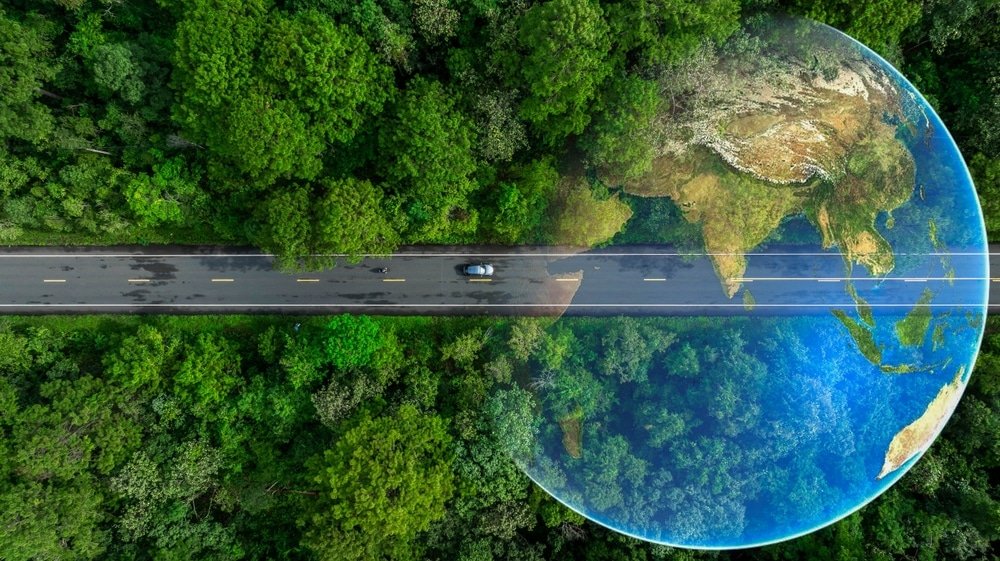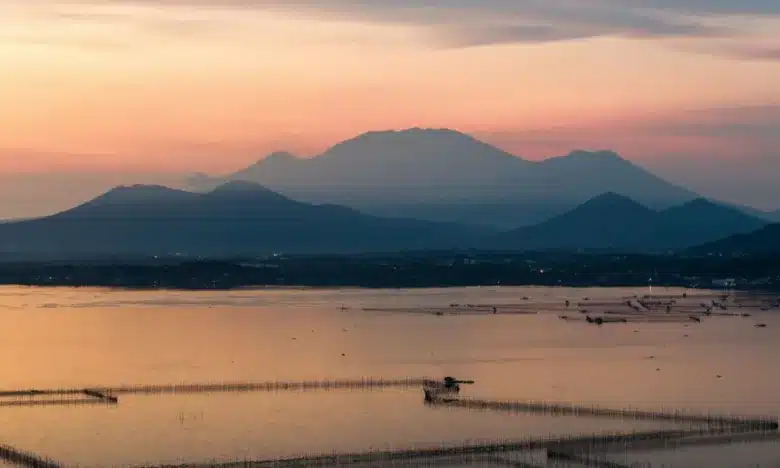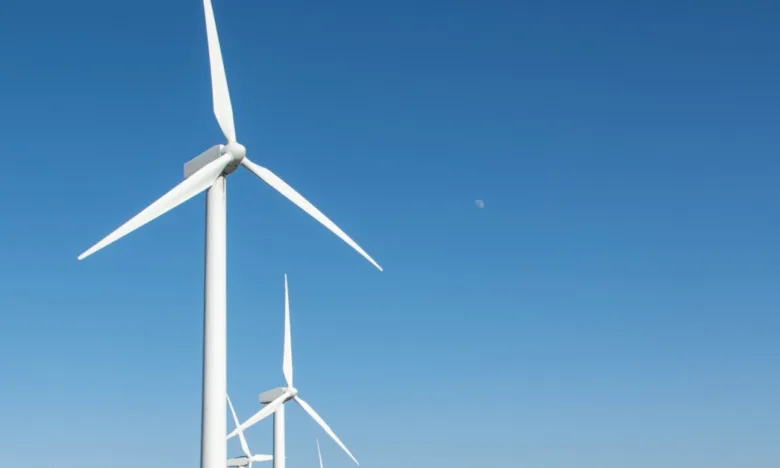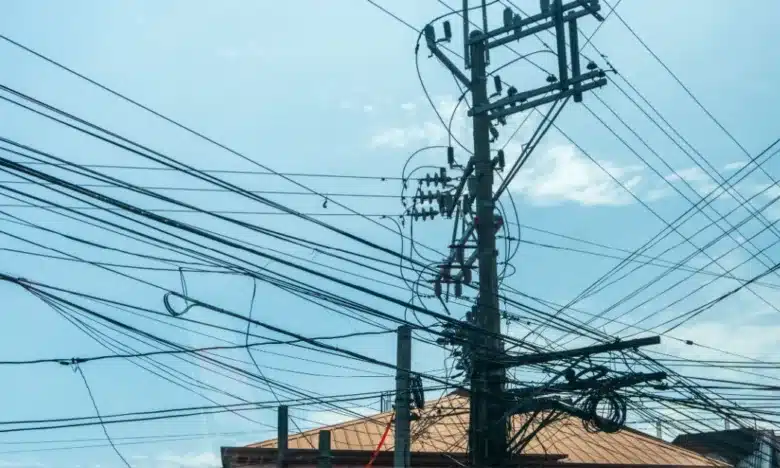
PH: Setting the Pace of Green Energy
- August 23, 2024
Key Takeaways:
- Energy experts say that the Philippines has outpaced other countries in the Southeast Asian region when it comes to renewable energy projects.
- The Philippines and Malaysia are projected to lead renewable energy growth in SEA.
- A positive shift towards green energy policies, incentives, and investments supports the Philippines’ growth in renewable energy initiatives.
- Foreign investors may now own 100% equity in renewable energy sources.
- This policy may lower project costs and make renewable energy more accessible to Filipinos.
In 2023, President Ferdinand Marcos Jr. said in his State of the Nation Address that the Philippine government is “aggressively” promoting renewable energy. Over one hundred renewable energy contracts have been awarded for projects encompassing most renewable energy sources such as solar, wind, hydroelectric, biomass, geothermal, and ocean-power.
According to a report by Rappler, these active projects include 436 for hydroelectric energy projects, 299 for solar, 187 for wind, 58 for biomass, 36 for geothermal, and 9 for ocean-powered.
In efforts to contribute to the global mandate of achieving Net Zero by 2050, the Philippine government has opened up the State to foreign-owned companies, foreign investors, and foreign citizens. Entering into these project contracts will lower costs and “make cleaner energy more accessible to the public.”
The Department of Energy (DOE) issued Circular No. 2022-11-0034 in 2022 to make this happen.
What makes this groundbreaking for the country is that before the issuance of this Circular, only Filipino-owned entities (by at least 60%) were allowed to explore, develop, and utilize renewable sources of energy. Foreign entities were only permitted up to 40% equity in such projects, according to the same report.
Thanks to this shift in policy, there are now fewer restrictions on movement in terms of seeking out support from investors outside the Philippines. More opportunities for collaboration and innovation have been opened up.
Bloomberg reports that this policy has helped secure a pipeline of 99 gigawatts of wind and solar project developments putting the Philippines ahead of Vietnam and Indonesia.
Following up on his 2023 address, the President said in his 2024 State of the Nation address that he aims for a total electrification of the Philippines by 2028. In the same address, he reports that 128 renewable energy projects have been awarded to foreign investors.
He called the initiative “Energize Philippines”, focused on amplifying energy production around the country with the help of renewable energy sources, along with upgrading the national power grid and expanding transmission capacities.
These can be supported by renewable energy source innovations such as microgrids for rural communities and regional energy hubs. Projects such as the 150-megawatt (MW) solar power plant in Daangbantayan, Cebu is a good example of this.
A project made possible by a consortium made up of the local government and foreign organizations Acciona Energia Renewables and Freya Renewables Inc., the power plant is projected to boost power reserves in the Central Visayas region. The project was announced in March 2024. Construction is slated for 2025.
What’s more, because of this project, even more solar energy projects are being eyed for Cebu. The Philippine Star Freeman reported in May 2024 that Acciona Energia Renewables was negotiating with two other Cebu local government units from Toledo City and the Municipality of Dumanjug for the construction, operation, and maintenance of two more solar power plants.
Meanwhile, wind power plants and wind farms around the country have also been getting a lot of attention. The first wind farm in Southeast Asia can be found in Bangui, Ilocos Norte.
Consisting of 26 wind turbines, the wind farm has an installed capacity of 51 MW. The Bangui Bay wind farm powers an estimated 31,000 households in the region, supplying more than 40% of Ilocos Norte’s electricity. It has helped accelerate local industries such as agriculture and fishing.
Another notable renewable energy project in 2024 is a geothermal power plant located in Manito, Albay. The Philippine Star reports that The Palayan Binary Geothermal Power Plant (PBGPP) is part of the expansion of an existing 140-MW power plant, which began in 2021 and is slated to be fully operational by the end of 2024.
With these significant active projects and even more in the foreseeable pipeline, the Philippines’ reputation as a pacesetter for renewable energy initiatives is thriving. Powering ahead with a steadfast and focused follow-through is the key to maintaining and ensuring this reputation holds, with millions of Filipinos benefitting from these renewable energy projects for years to come.



